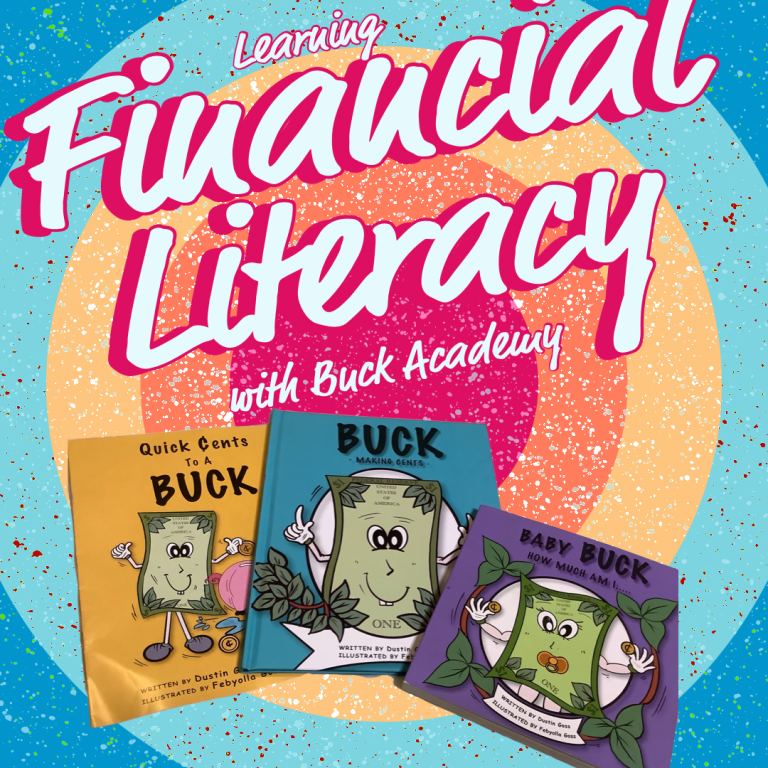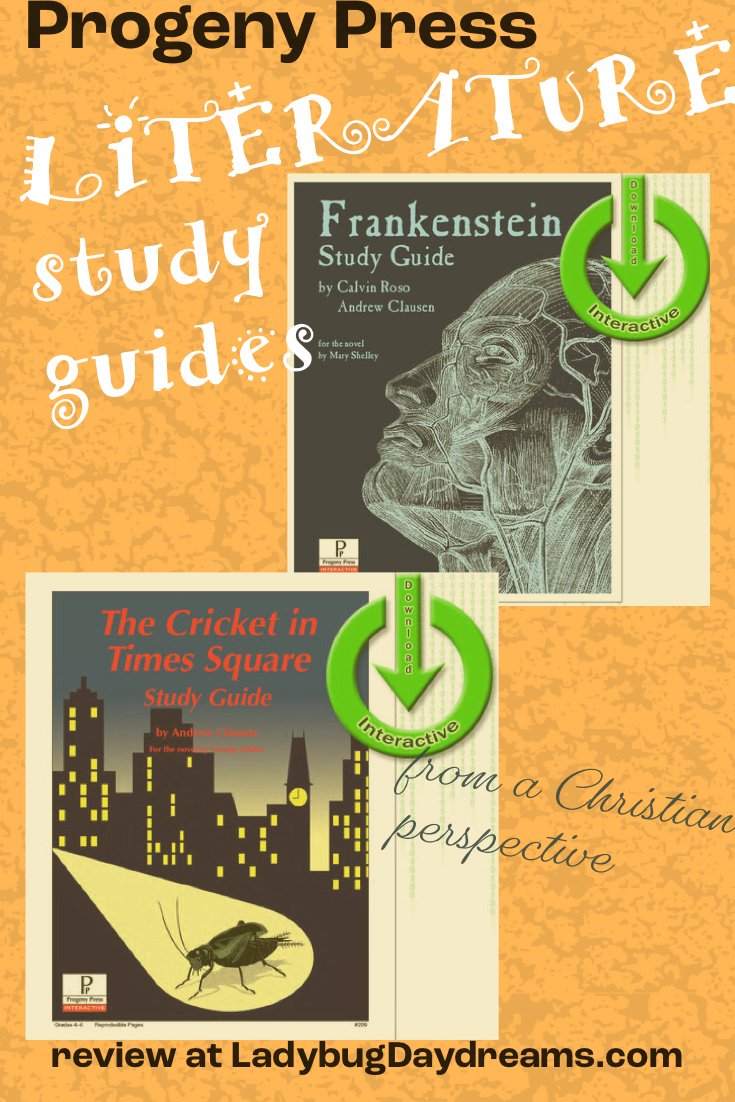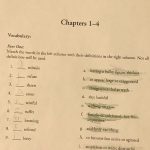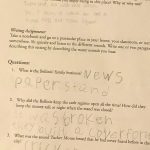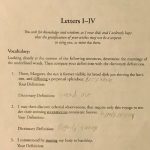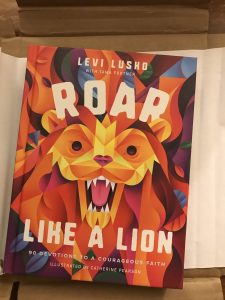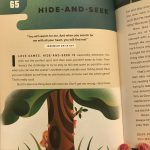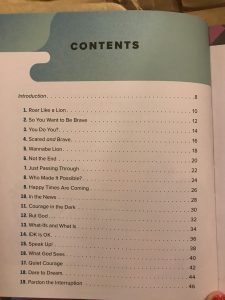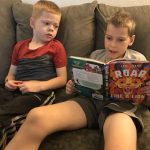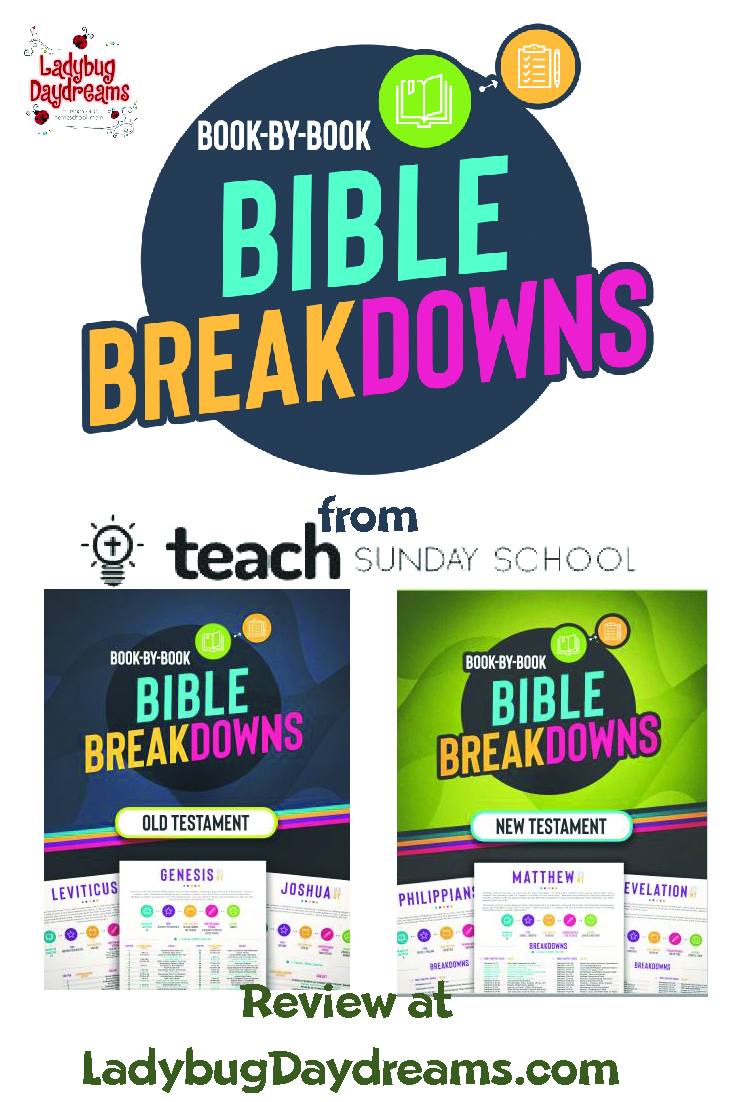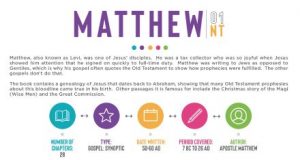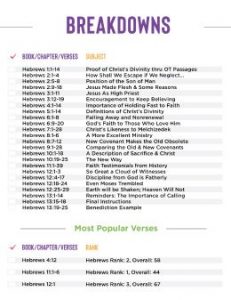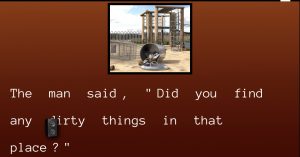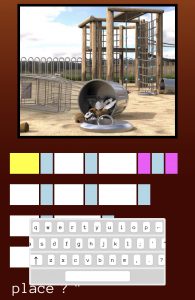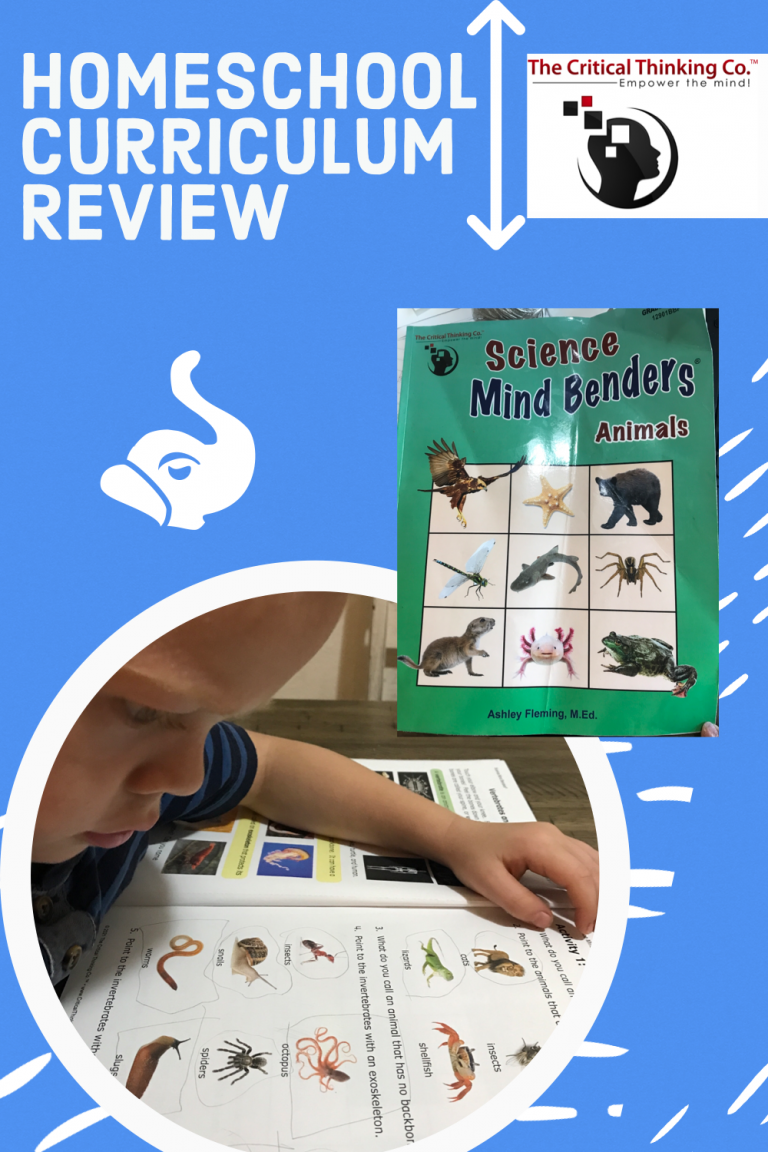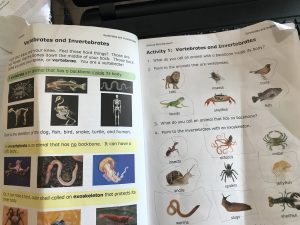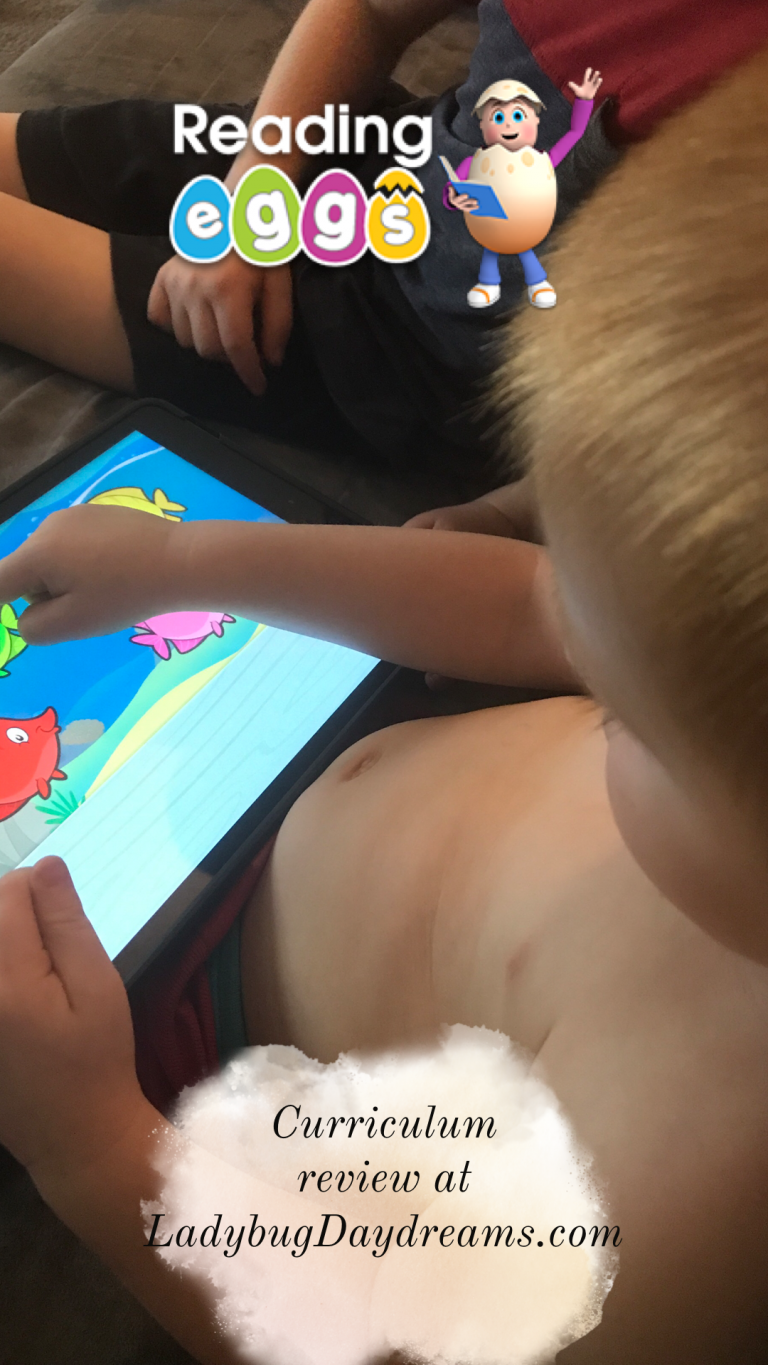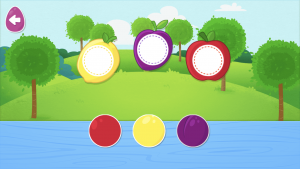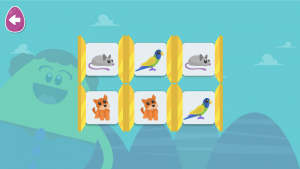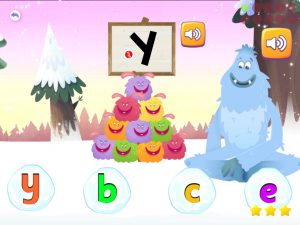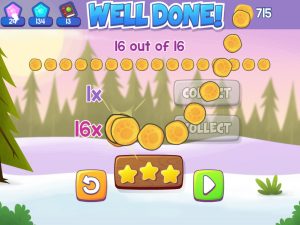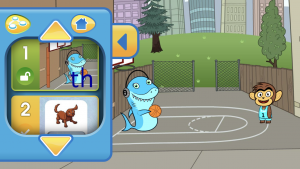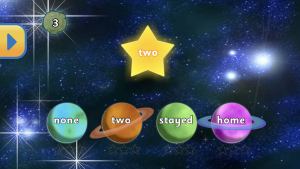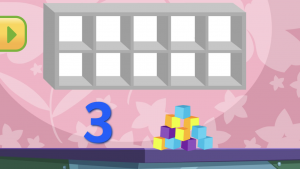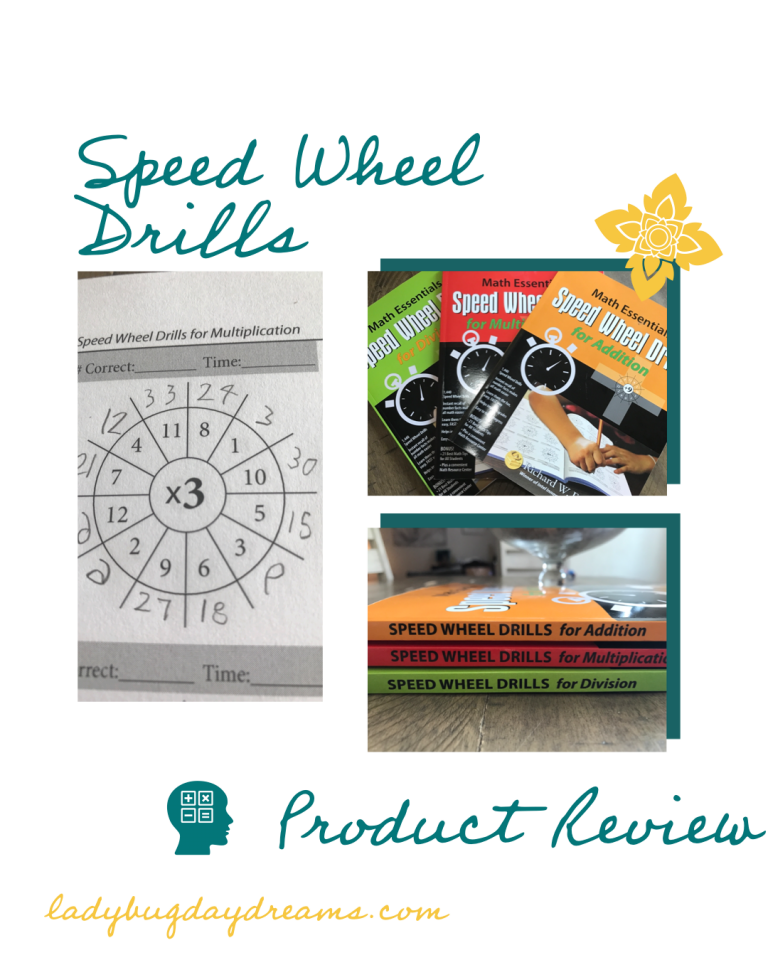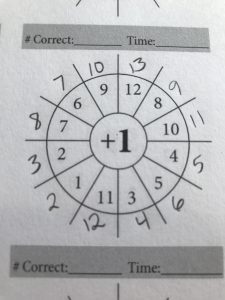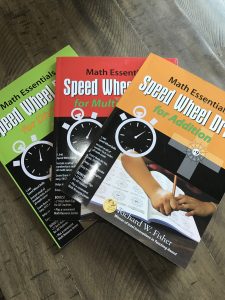Learning About the Dollar (review)
Disclosure: I received this complimentary product through the Homeschool Review Crew.
When you think of the word “buck,” what do you think of? My first thought is a male deer, so I was pleasantly surprised when I learned that Buck Academy is actually a company that’s created a series of books to help you teach your children about financial literacy. Because I have a toddler as well as elementary-school-aged children, I received a copy of each of their books. Let’s take a look at them.
BUCK Making Cents is a hardcover picture book written with children ages 5-10 in mind (in my case, Grasshopper and Dragonfly). The book is split up into three sections. After a brief introduction for parents, the first chapter covers basic things like the definition of money and common nicknames for an American dollar (like a “buck”!). The main character in the book is Buck the dollar, and he shows up throughout the book. The rest of the first chapter covers the coins. After a brief introduction of the coins as a whole, including pictures that are foiled for realism, each coin (penny, nickel, dime, and quarter) gets its own page. On these pages, there are more pictures of the coins as well as information about the coin. It also describes the image on the heads side and tails side of each coin, including discussion of past iterations of the tails sides (like the quarters before 1999, when the state-quarters were introduced). The final page of the first chapter is the same as the coin pages, except it focuses on Buck, the one-dollar bill.
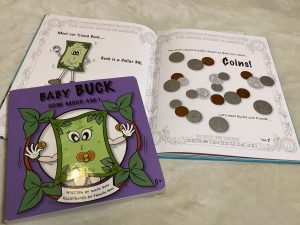 Chapter 2 is a lot shorter than Chapter 1. It focuses on the coins again, but this time in how they relate to the dollar. It has pictures of the correct number of each particular coin to equal a dollar.
Chapter 2 is a lot shorter than Chapter 1. It focuses on the coins again, but this time in how they relate to the dollar. It has pictures of the correct number of each particular coin to equal a dollar.
The final chapter in the picture book is the “memory bank,” which is a clever name for a review/quiz chapter.
Baby BUCK, How Much Am I… is a book to help you teach very basic financial literacy to your toddlers. It’s a board book, perfect for ages 0-4. The story is a super simplified version of BUCK Making Cents, and it has an interactive element which makes it fun for toddlers. Instead of teaching how many of each coin make up a dollar, Baby BUCK teaches the value of each coin. The pages ask the question “how much am I?” for each coin, and there’s a lift-the-flap with the answer beneath.
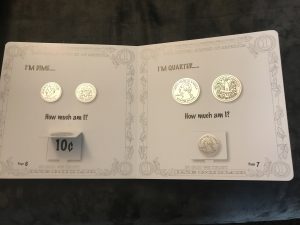 My kids love having read-aloud time, and the Buck Academy books were a valuable addition (pardon the pun) to our home library. All three of my younger boys enjoyed the books; we read them many times. Even though the two book technically have different age ranges as their demographic, all of my kids enjoyed both books. Dragonfly loved lifting the flaps in Baby BUCK just as much as Bumblebee did! And Bumblebee sat quietly and listened to BUCK Making Cents with not a trace of boredom. These books are great for teaching the most basic lessons of financial literacy for kids – without a formal math class!
My kids love having read-aloud time, and the Buck Academy books were a valuable addition (pardon the pun) to our home library. All three of my younger boys enjoyed the books; we read them many times. Even though the two book technically have different age ranges as their demographic, all of my kids enjoyed both books. Dragonfly loved lifting the flaps in Baby BUCK just as much as Bumblebee did! And Bumblebee sat quietly and listened to BUCK Making Cents with not a trace of boredom. These books are great for teaching the most basic lessons of financial literacy for kids – without a formal math class!
Make sure to head over to the Homeschool Review Crew site for more information and to read additional reviews!
Blessings,

